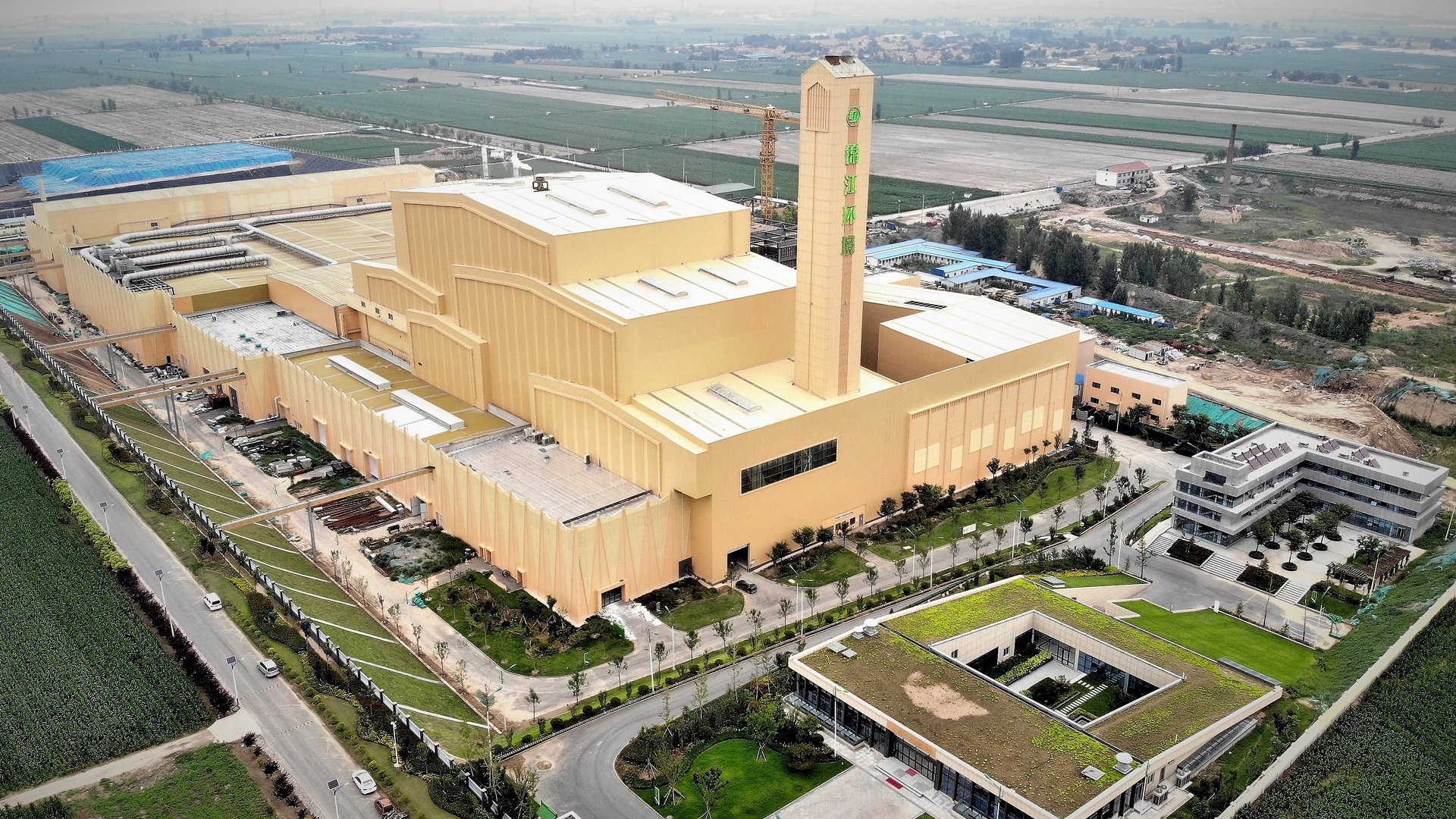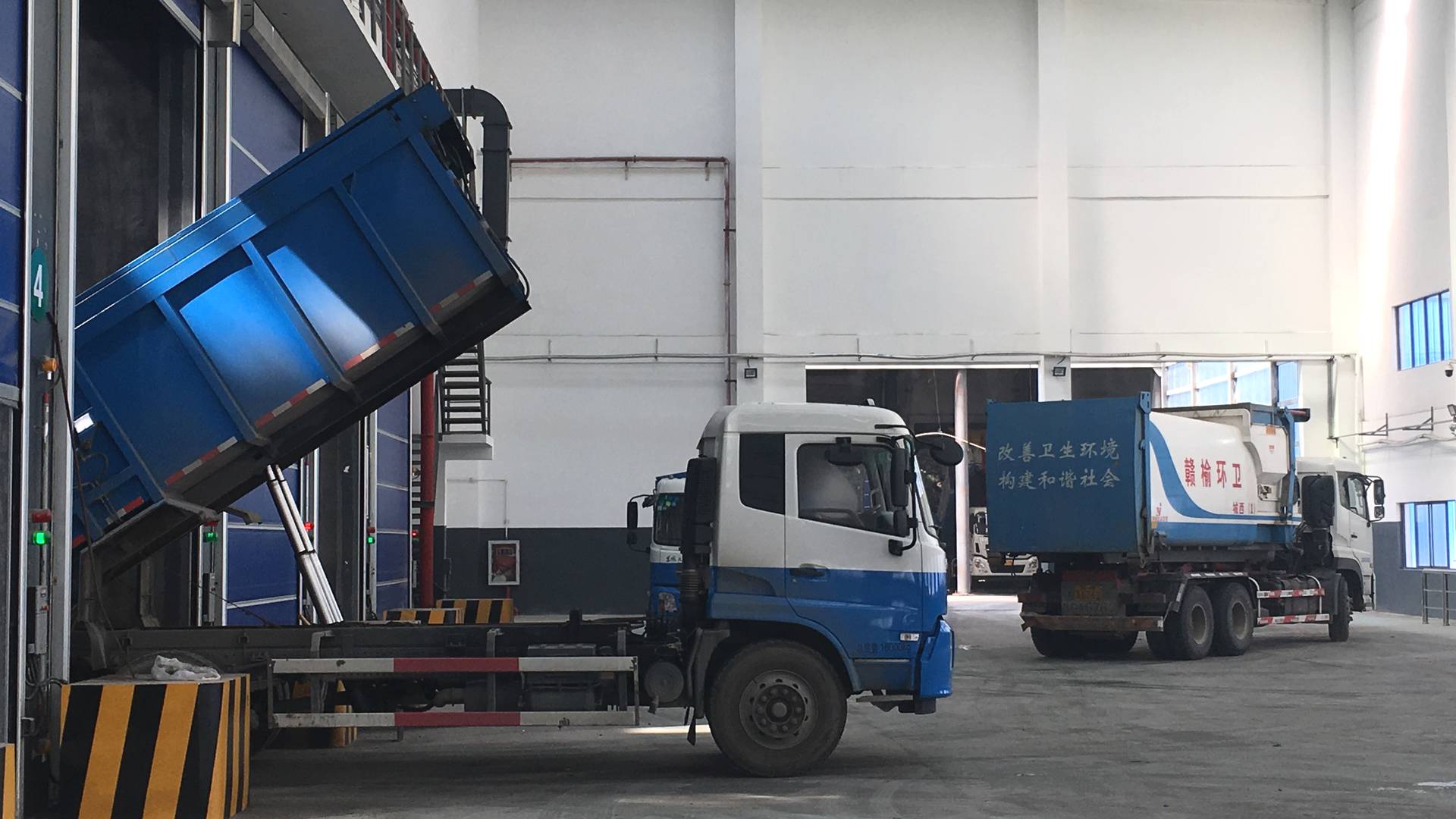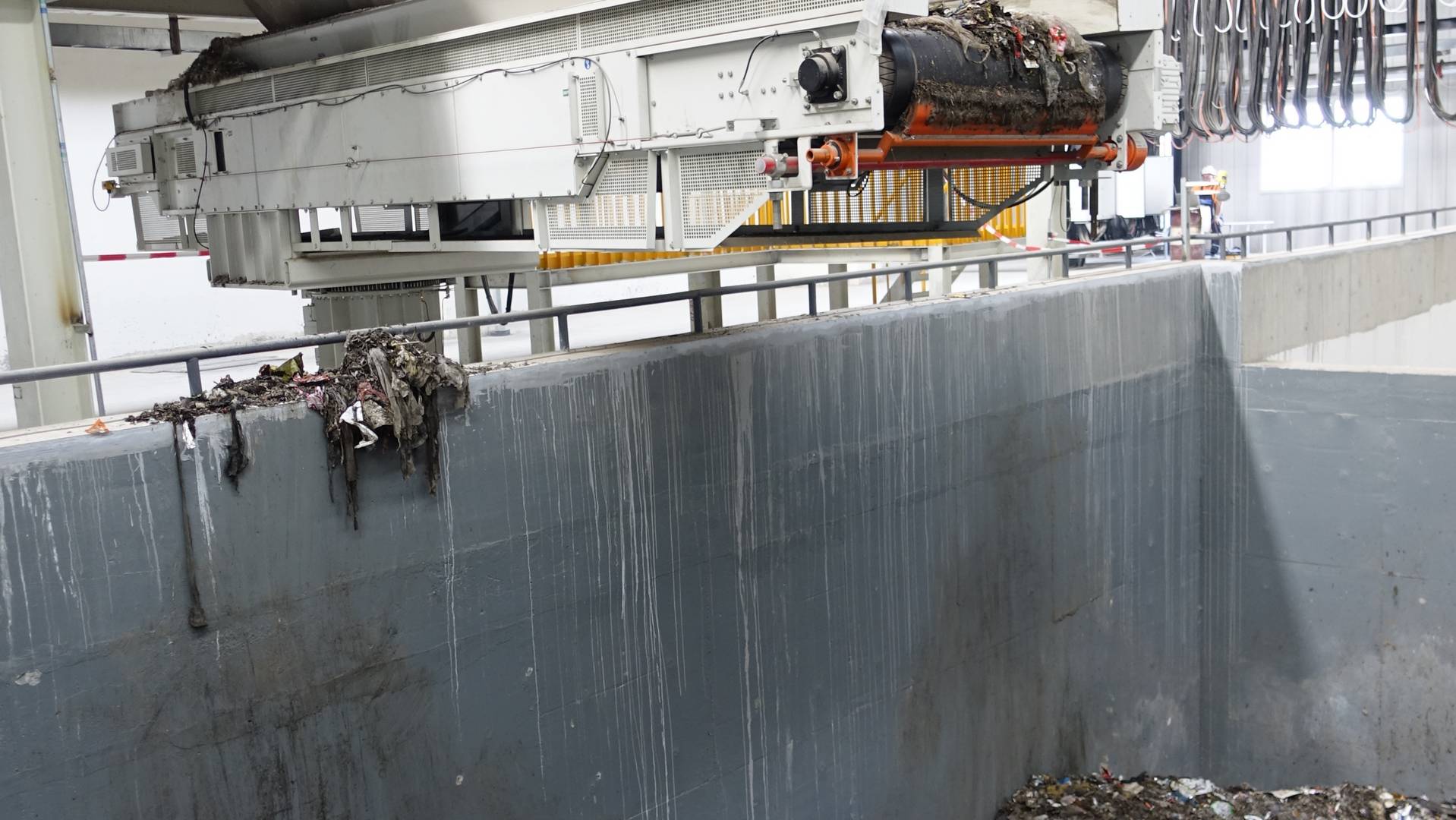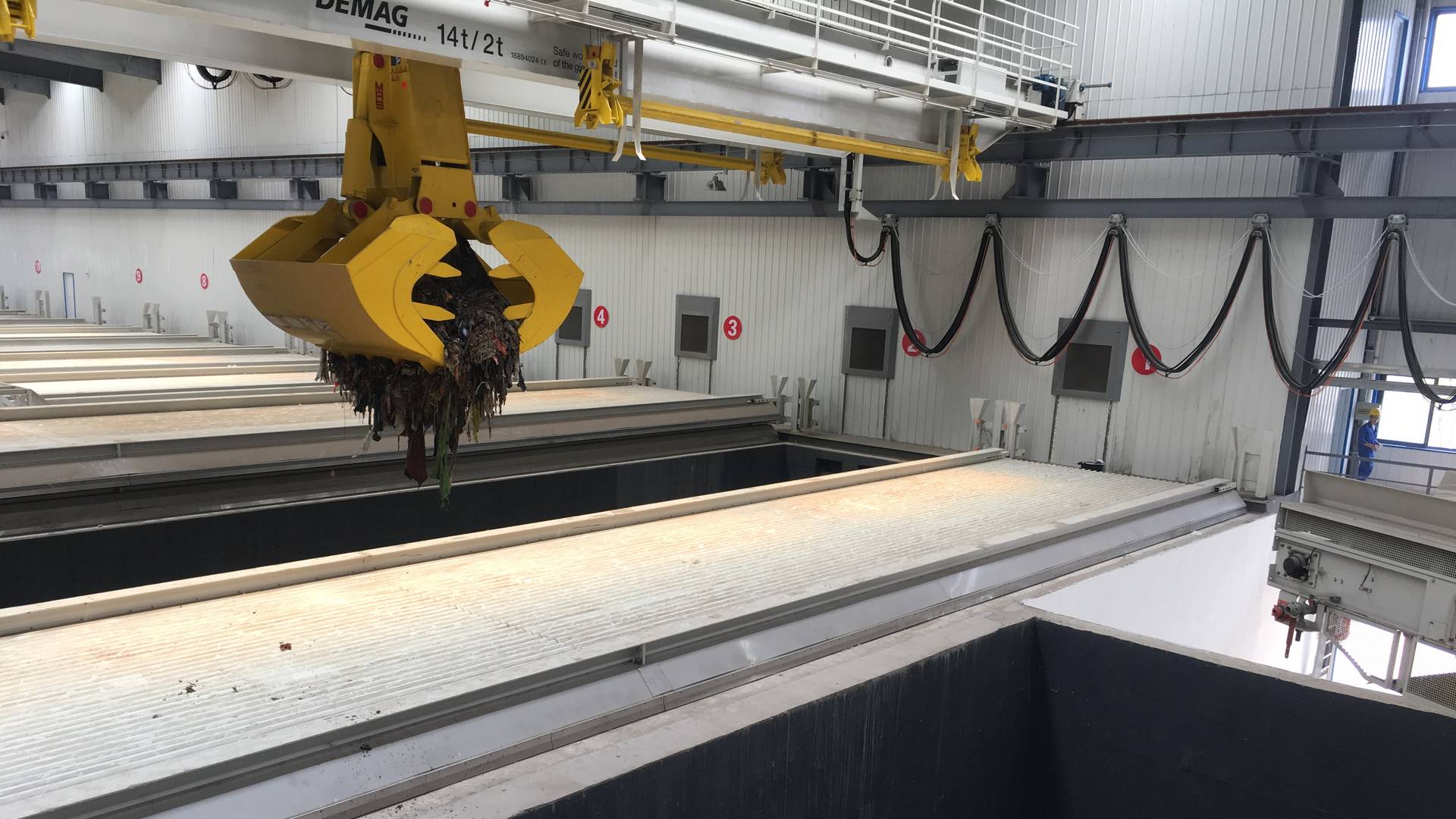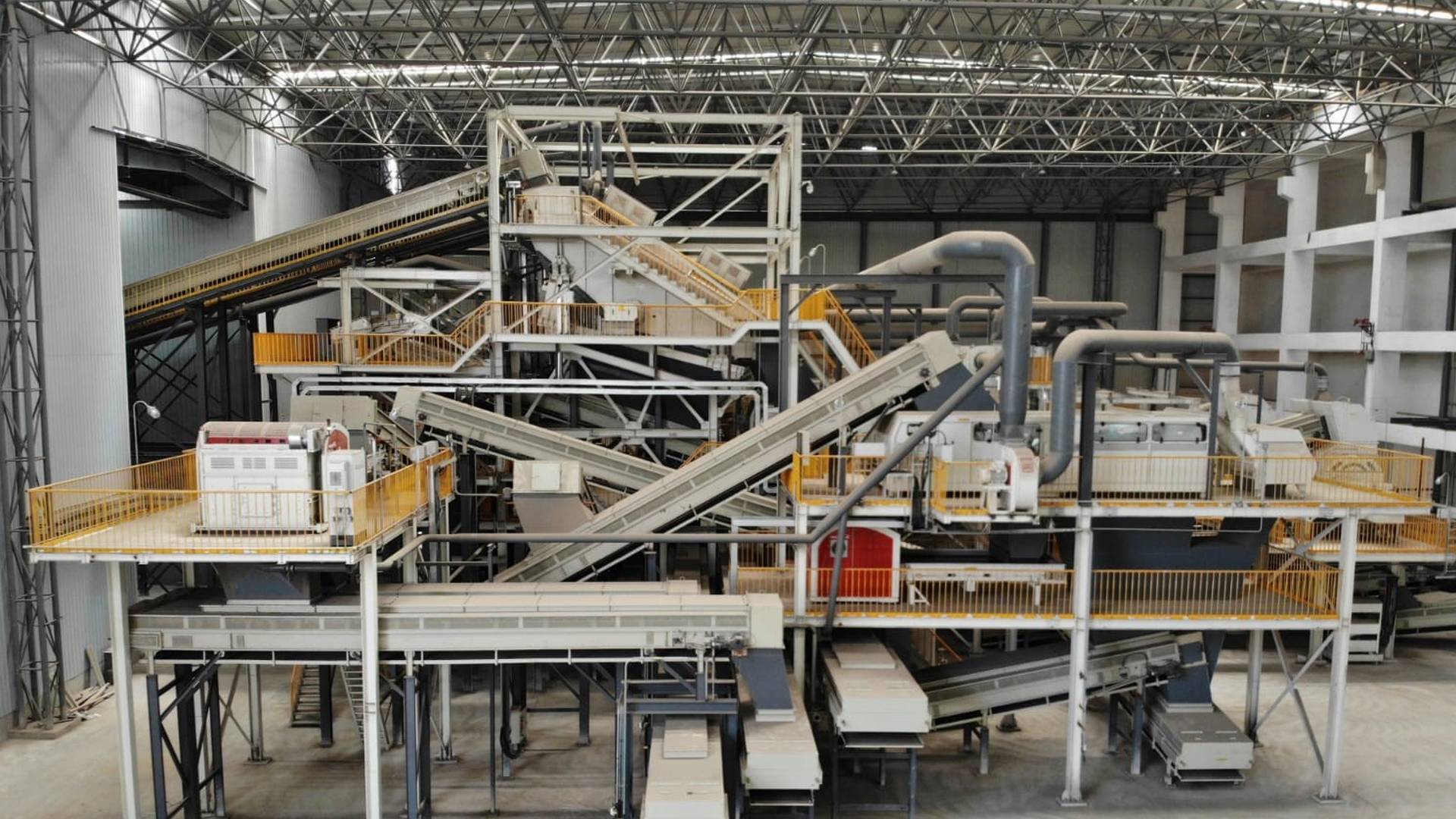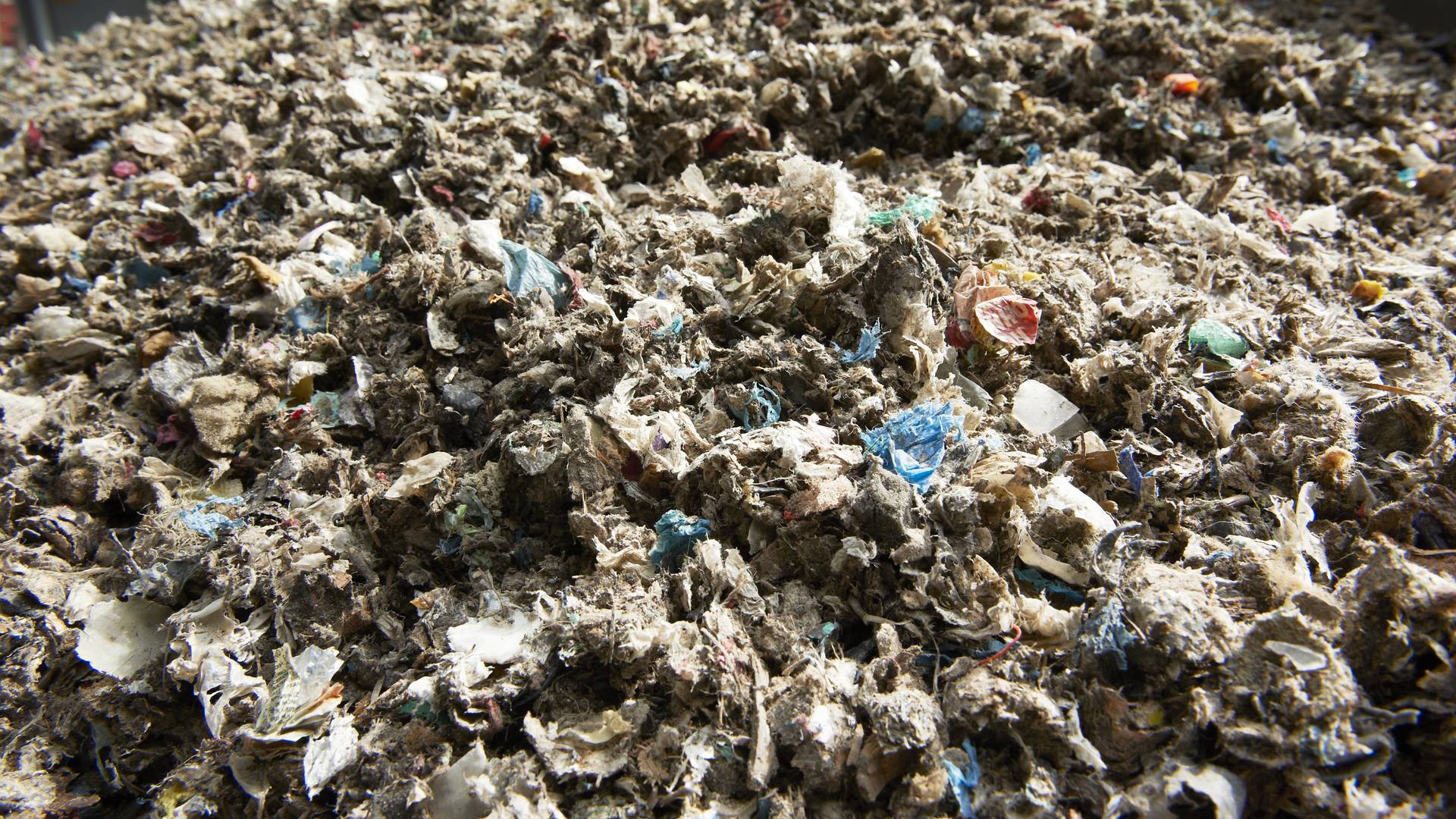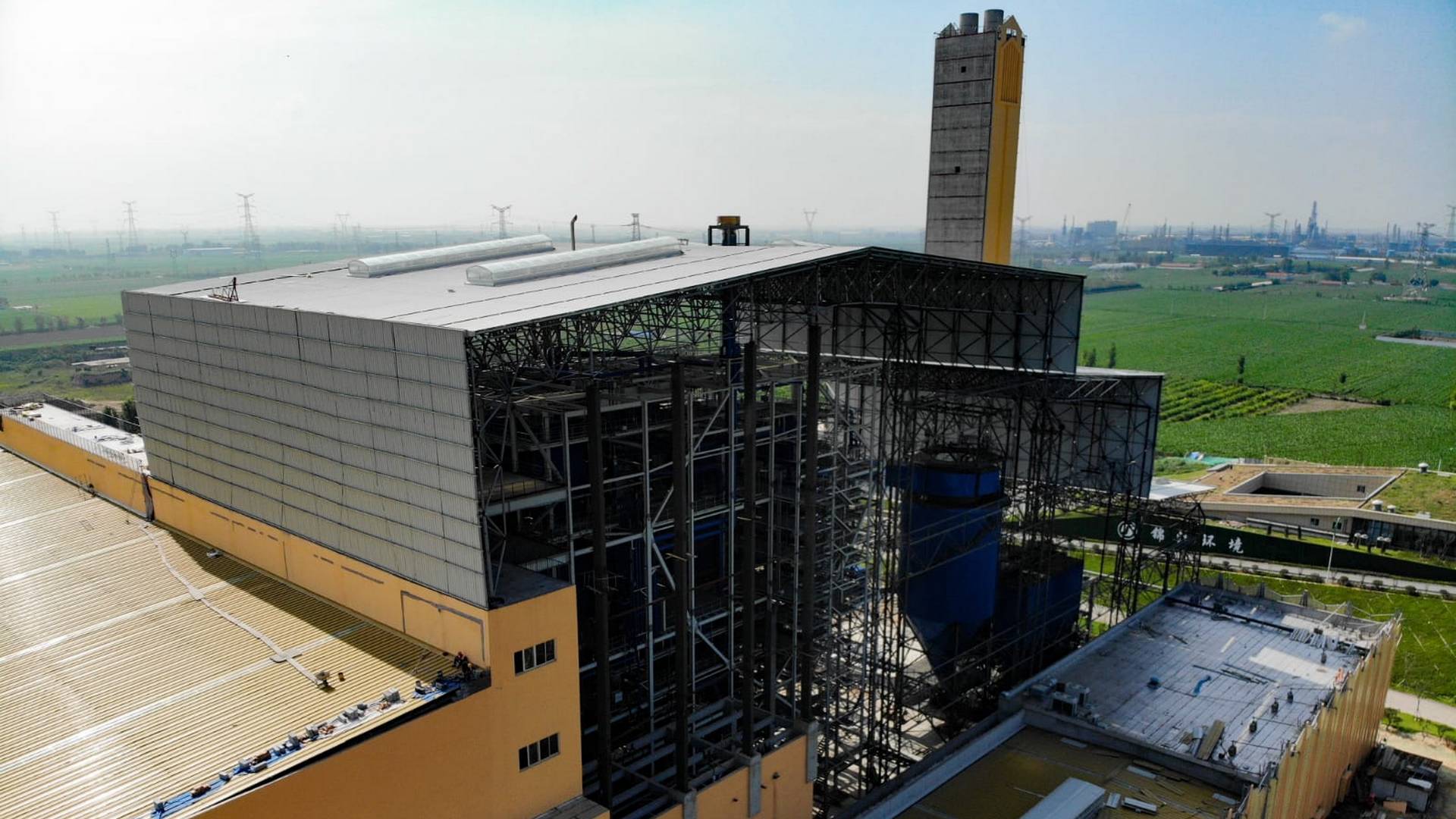| Project: | Mechanical Biological waste processing plant |
| Place: | Linzi, Province Shandong (China) |
| Operator: | Zibo Green Energy New Energy Co., Ltd. |
| Capacity: | 1.800 tpd of MSW (2.700 tpd of MSW in the 2nd phase) 2 lines – 36 drying tunnels in total (3. line is under construction) |
| Focus: | Production of a secondary fuel (SRF) for the operation of the Zibo Green Energy power plant (circulated fluidized bed) |
CUSTOMER
China Jinjiang Environment (CJE) is one of the 500 largest Chinese companies operating in the power generation, nonferrous metals and chemical industries. CJE was one of the first private companies to invest back in the 1990s in environmental protection and in 1992 built the first power plant to use resources.
By the end of 2017, CJE has built more than 40 projects in more than 20 provincial Chinese administrative regions and in Southeast Asia together with a cumulative daily waste combustion capacity of nearly 70,000 tonnes. The company’s global development strategy is underlined by other projects in Singapore, Indonesia, Vietnam, India, Brazil and other countries.
CJE is the largest private Chinese waste combustion company operating the above facilities.
REQUIREMENT
As a pre-treatment plant for a circulating fluidized bed combustion facility China Jinjiang Environment (CJE) together with the operating company Zibo Green Energy New Energy Co., Ltd. intended to build a waste processing plant for a total of 985,500 tpa (2,700 tpd in three treatment lines) of waste at the Linzi site simultaneosly with the boiler plant.
The main objective of the plant is the production of secondary fuel for the downstream utilization in the CFB power plant.
The pre-treatment lines 1 + 2 with a total capacity of 1,800 tpd shall be built first.
IMPLEMENTATION
The Waste Tec concept of waste pre-treatment on the basis of a biological drying with downstream mechanical separation did convince CJE to realize a mechanical biological treatment plant for the production of secondary fuel at the Linzi site.
Subsequently the world’s largest mechanical-biological waste processing plant for the production of secondary fuel was built.
WASTE TREATMENT - THE PROCESS
After reception of the waste in two deep bunkers the waste is conveyed with a delivery crane to the pre-treatment. Currently 1800 tpd of waste are processed each day but this will increase to 2700 tpd in furture. In a first step the waste is pre-shredded and via a ferrous separation conveyed to the drying tunnnels.
According to the amount of pre-shredded material the fully automated process crane feeds 2 to 3 of the 18 drying tunnels of each line every day.
A loss of mass by reduction of the moisture content, a degradation of organic components and an improvement of the separation efficieny of the downstream mechanical treatment are the advantages of the biological drying.
Within 6 days the moisture content is reduced from approx. 55% to approx. 30%.
In each line the pre-treated and moisture reduced waste is conveyed with the process crane to the mechanical refinement.
In the first step of the refinement a coarse and fine fraction is produced, which is than in a downstream classification process separated into a heavy and light fraction.
In downstream processing steps the coarse and the fine materials are mechanically and optically separated further. A high quality fuel for the circulated fuidized bed combustion and a heavy fraction suitable for landfilling are produced by this.

